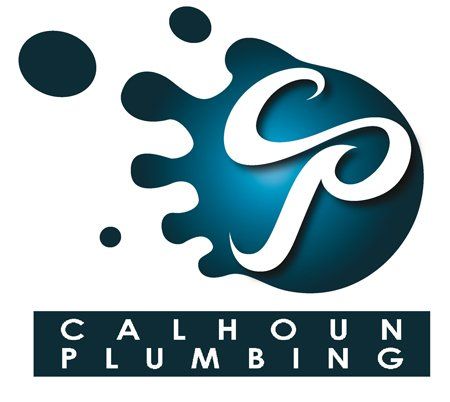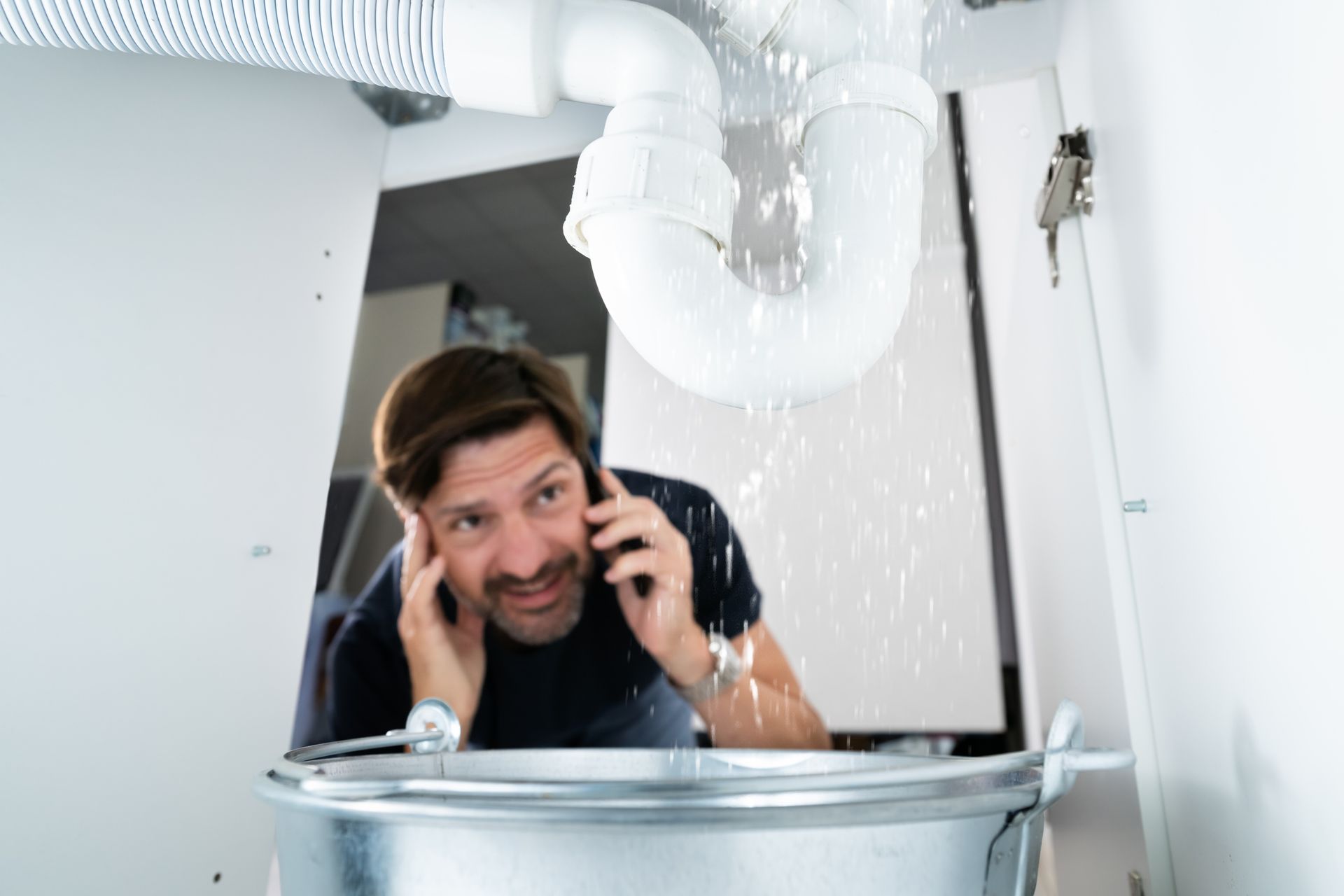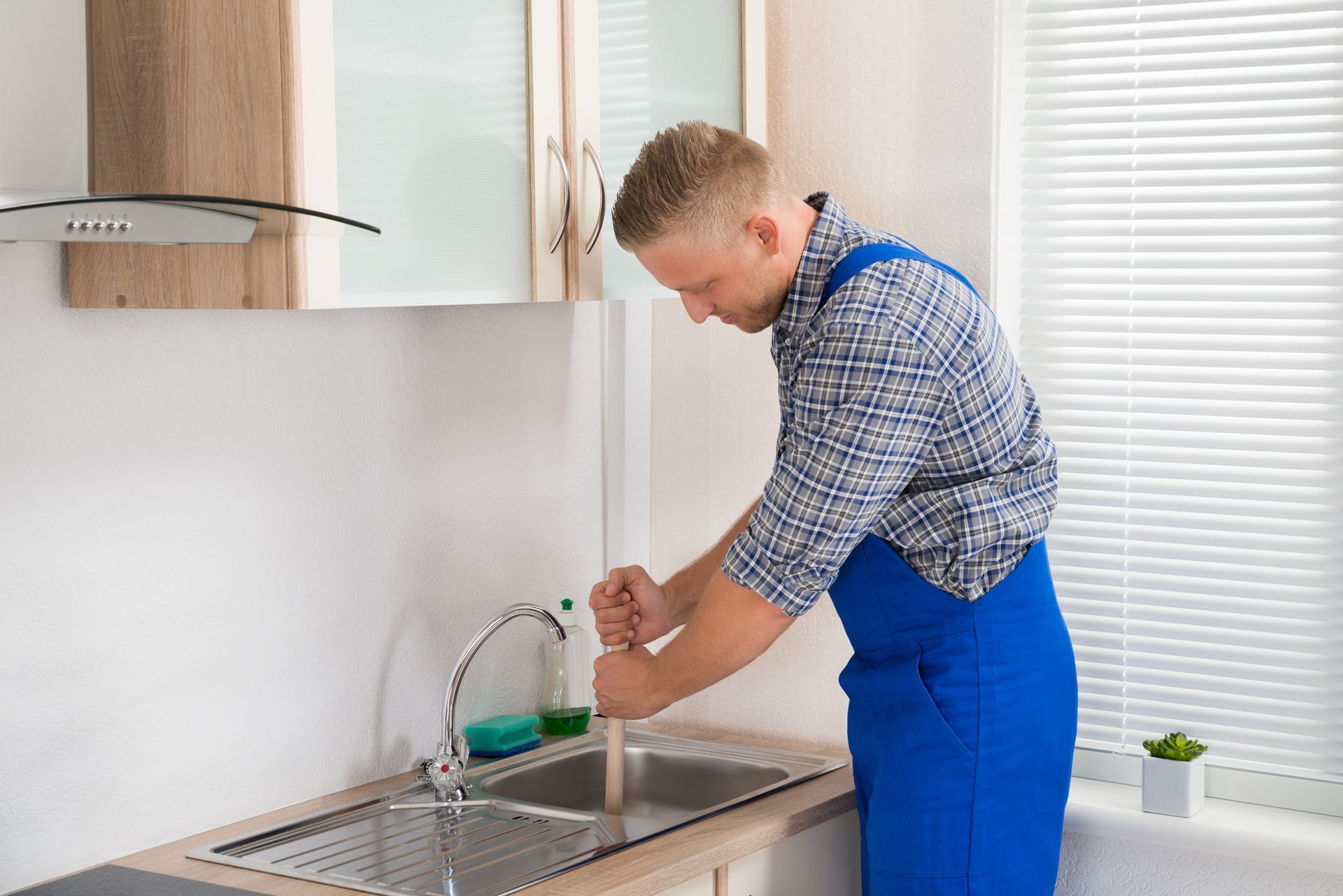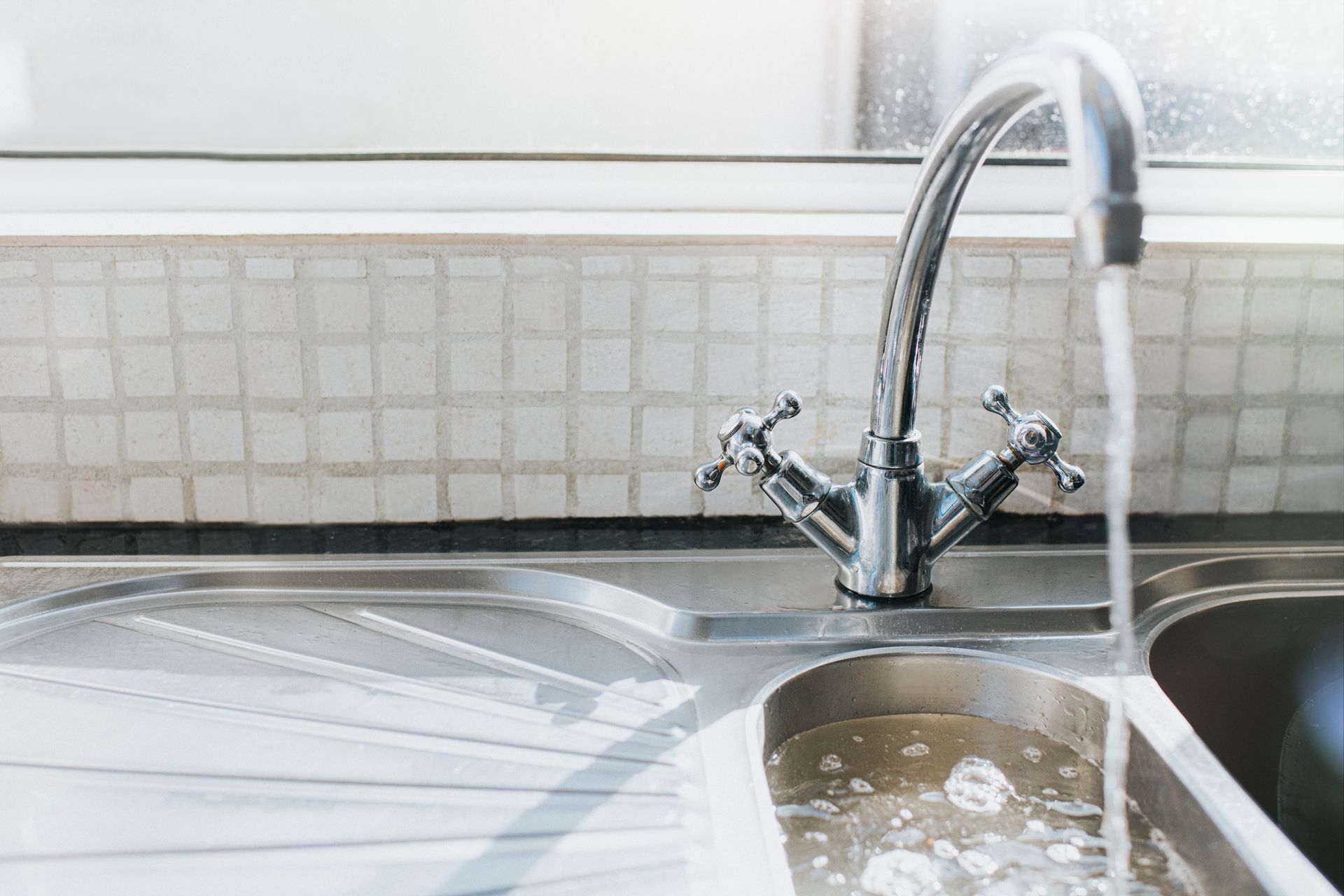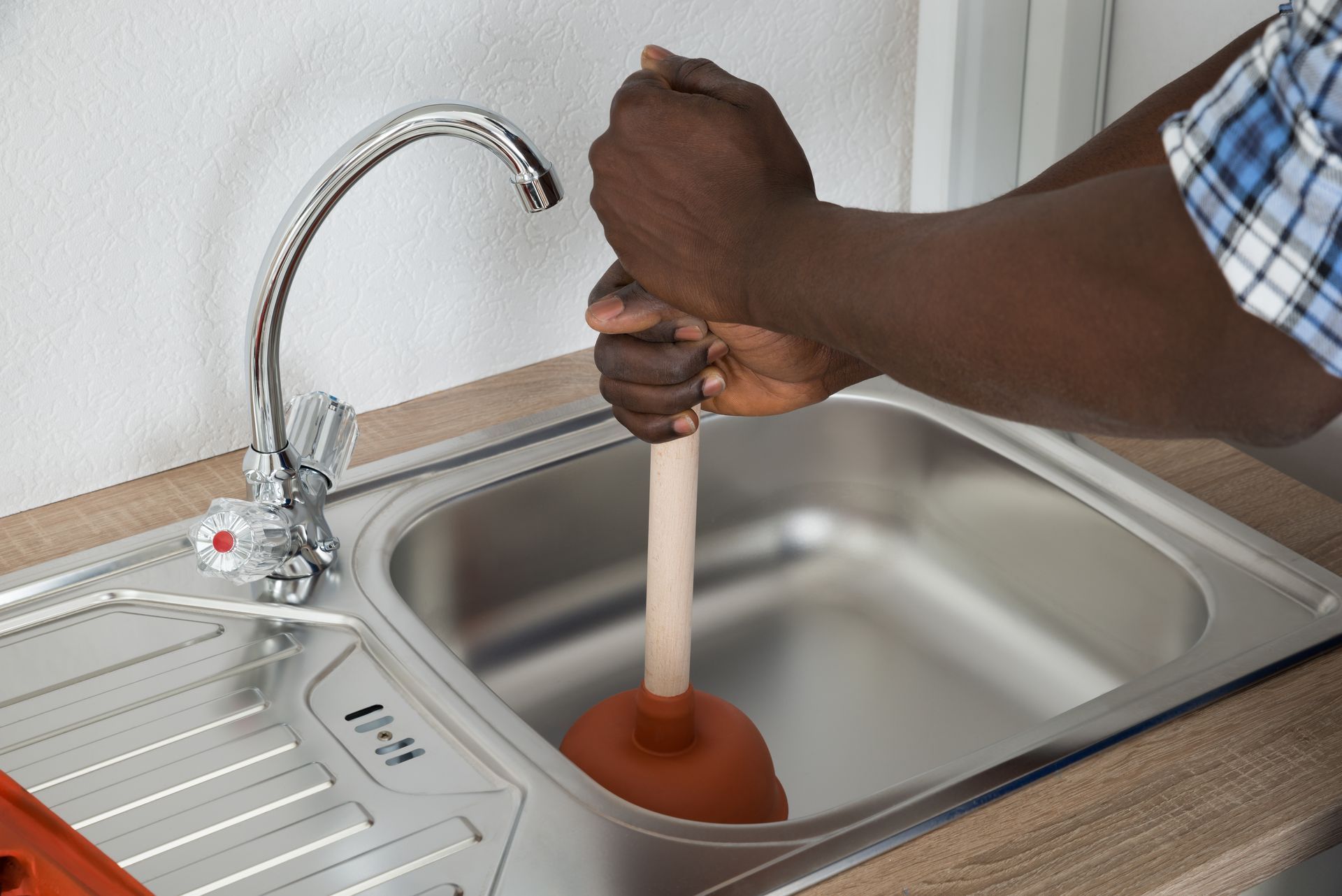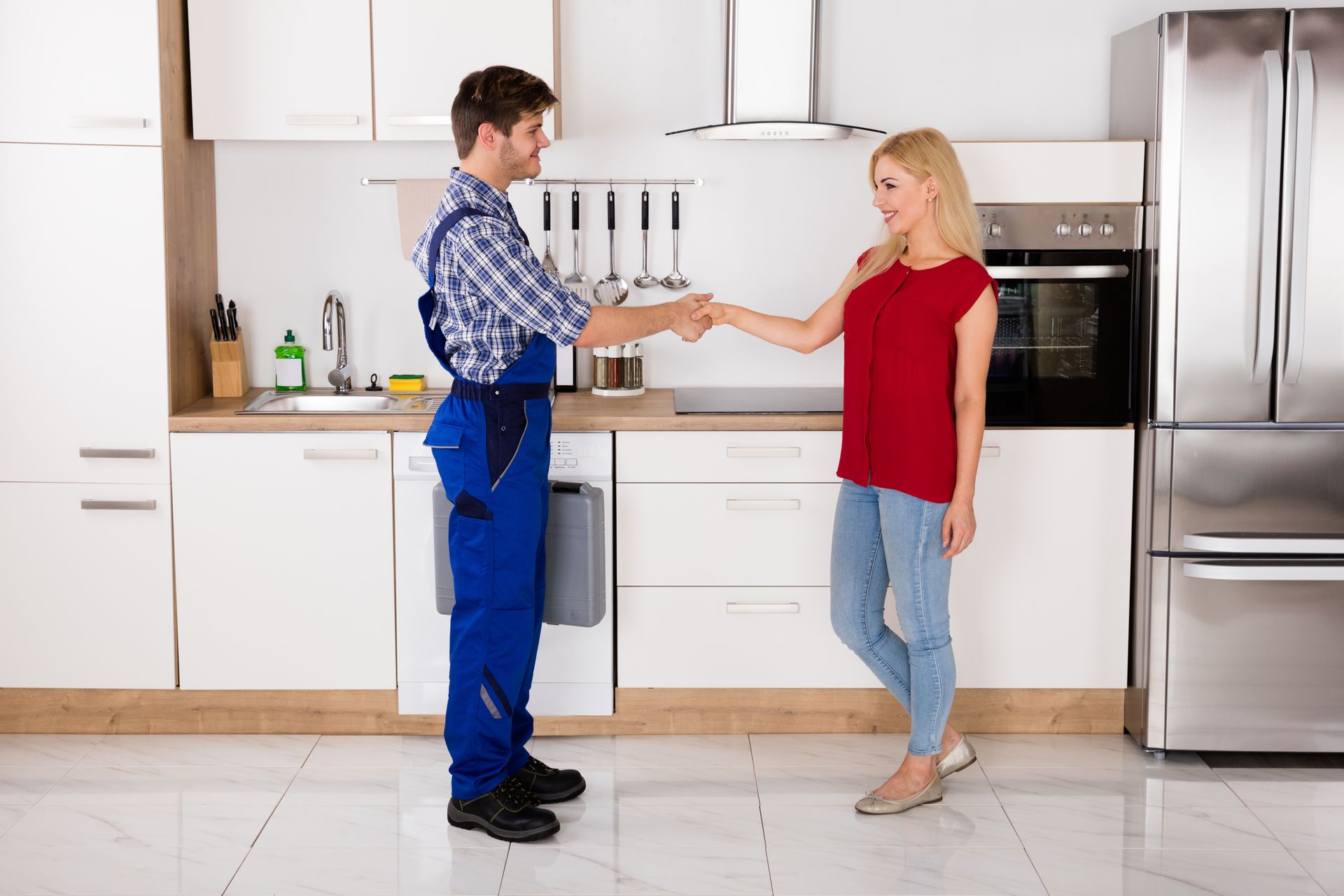Plumbing Maintenance Tips for the Laundry Room
The laundry room contains several plumbing appliances and installations that need good maintenance. Damage or malfunction of laundry room plumbing can affect your use of the room and house. Below are effective tips for maintaining laundry room plumbing.
Use Drain Filters
Appliance and drain blockages are common threats in laundry rooms. For example, your laundry room can flood if debris—such as lint or hair—blocks the drains. One way to deal with the problem is to install drain filters. Remember to clean or replace the filters regularly so they don't restrict drain flow.
Regularly Clean the Appliances and Installations
Laundry room appliances and installations should always be clean. Cleanliness prevents debris that could otherwise end up in and clog the drains. For example, many homeowners wash some of their dirtiest things, such as muddy shoes, in the laundry room sink. Cleaning the sink will prevent muddy remains that might cause clogging.
In addition, keeping things clean will help you spot emerging issues. For example, wear and tear is easier to spot on clean hoses than on dirty ones.
Choose Steel-braided Hoses
Apart from blockages, leaks can also ruin your laundry room experience. Don't forget that water leaks waste money, are bad for the environment, and are also safety risks. Damage to hoses that supply washing machines with water are common causes of laundry room leaks. Wear and tear, acidic water, and blockages are common causes of hoses damage.
Rubber hoses are common but damage more easily than stainless steel braided hoses. If you currently have rubber hoses, switch to stainless steel when they wear and require replacement. If you cannot afford stainless steel braided hoses, even polyester-reinforced rubber resists damage better than plain rubber.
Install Leak Detectors
Accidental damages might cause water leaks in your laundry room while you are away. Such leaks can cause serious water damage if you don't notice them and act in time. Install a leak detector to alert you in such cases. Ideally, the plumber should install your leak detector close to the major water appliances, such as the washing machine, at the first sign of leakage.
Know the Shut-off Location
Serious water leaks—for example, those from a cut hose—can cause serious damage in a few minutes. In such cases, the first thing to do is to cut off the water supply by shutting it off at the main valve. However, you cannot do this if you don't know the main shut-off valve's location. Ensure every household member knows the main shut-off valve's location before disaster strikes.
Organize the Room
An organized laundry room is safer and more efficient than an unorganized one. Organize the laundry room as properly as you can. For example, leave spaces between appliances or appliances and walls. Placing the washing machine too close to the wall can damage its hoses. Organization also gives you an operational room and helps you spot emerging issues.
Conduct Regular Inspections
Regular inspection of the laundry room is just as important as it is for other plumbing installations. Regular inspections can help you spot emerging issues that you can correct to prevent catastrophic damage. Below are specific tasks for these inspections:
- Check the hoses' condition and replace damaged or worn ones.
- Inspect the connections, such as the water supply connections, for tightness; while at it, check the condition of the washers.
- Check the P-trap for blockage and clear it if necessary.
- Check exposed pipes, such as those under the sink, for signs of damage that can lead to leaks.
Conduct frequent DIY inspections and commission regular professional inspections.
Calhoun Plumbing can help install, maintain, and repair your laundry room plumbing. We have great experience with different plumbing services, including maintenance. Contact us for all your plumbing needs and enjoy our professional services.
